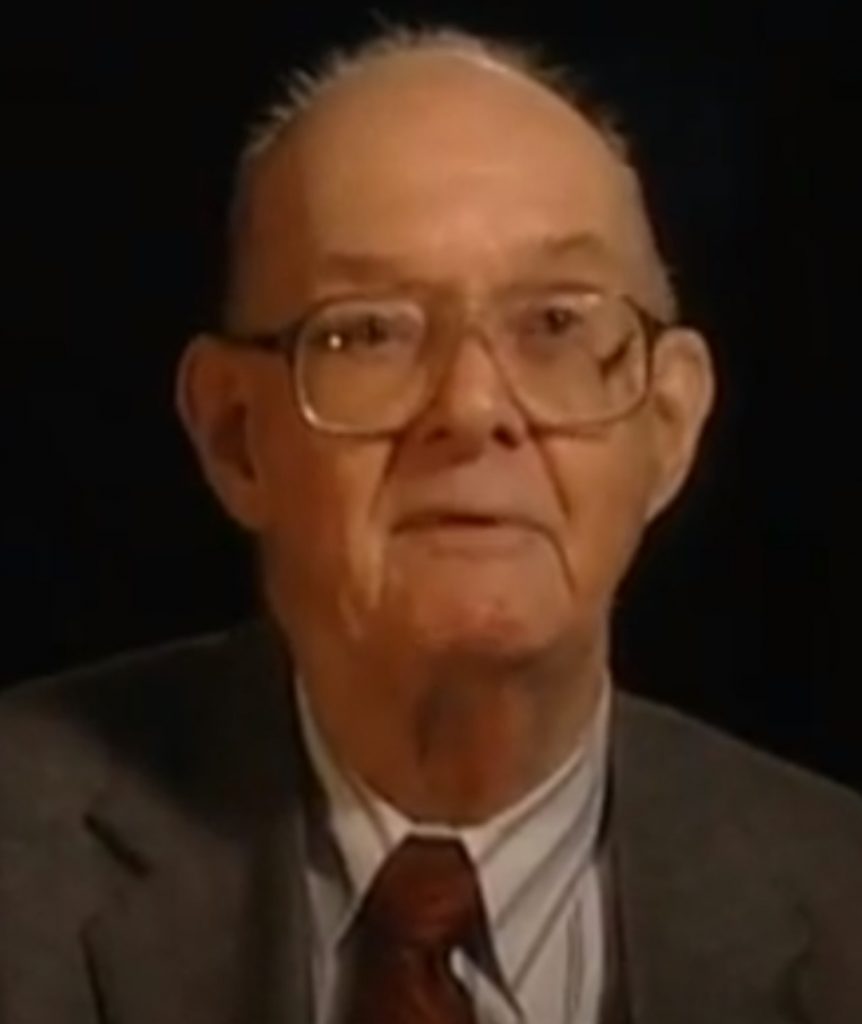Harry Kamack graduated from Georgia Tech with a degree in chemical engineering, and then went to work for the DuPont Company in late 1942. DuPont transferred Kamack to Chicago to work at the Metallurgical Laboratory. As a chemical engineer, Kamack did not have much knowledge of nuclear physics, but he quickly learned and was soon working on building a Geiger counter. In 1943, Kamack was transferred to Oak Ridge, where he continued work on developing processes for the separation of plutonium at the X-10 Graphite Reactor. In October of 1944, Kamack was transferred again to Hanford, where he continued research on the chemical separations process of the T-Plant.
Harry Kamack
Chemical EngineerChicago, IL
Hanford, WAOak Ridge, TNT-Plant/200 AreasX-10 Graphite Reactor
EngineerManhattan Project Veteran
 Listen to Harry Kamack’s Oral History on Voices of the Manhattan Project
Listen to Harry Kamack’s Oral History on Voices of the Manhattan Project
Harry Kamack’s Timeline
1942 Started working for DuPont.
1943 Transferred to Oak Ridge.
1944 Oct Transferred to Hanford.




